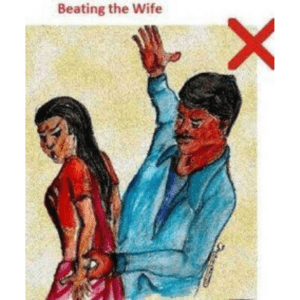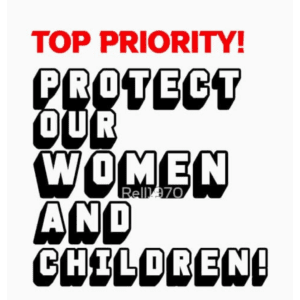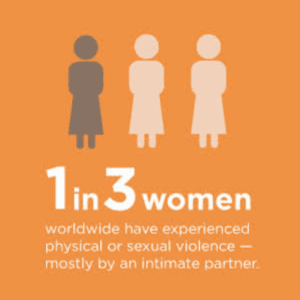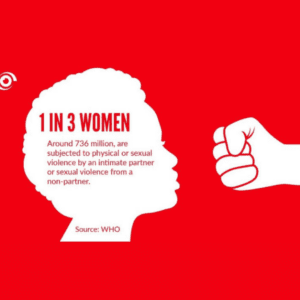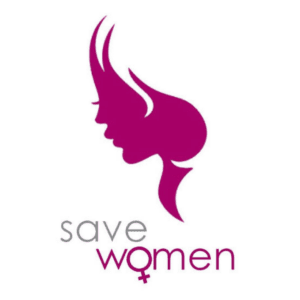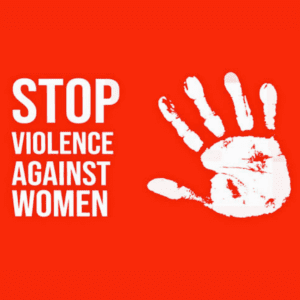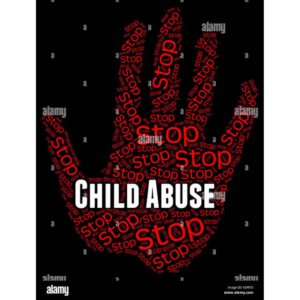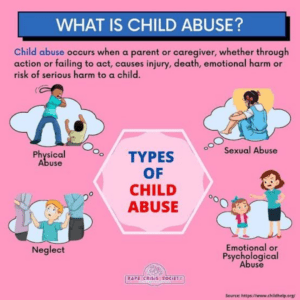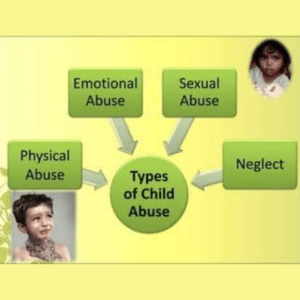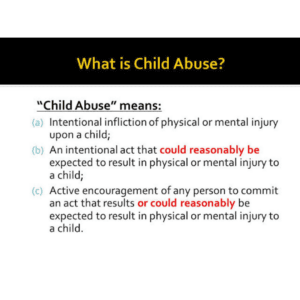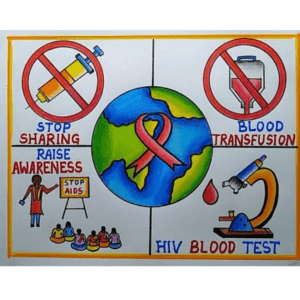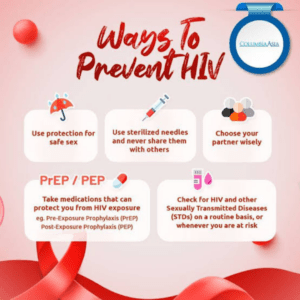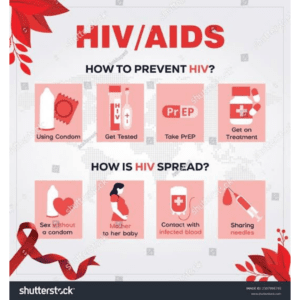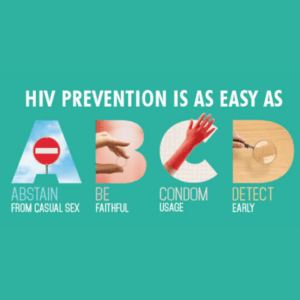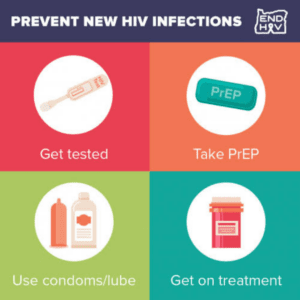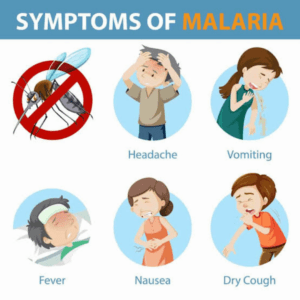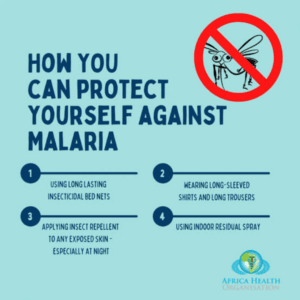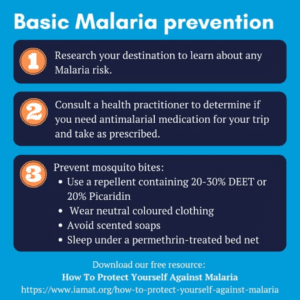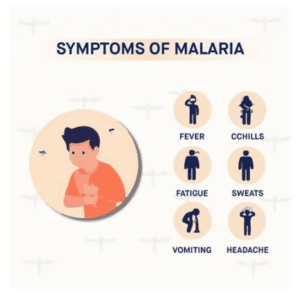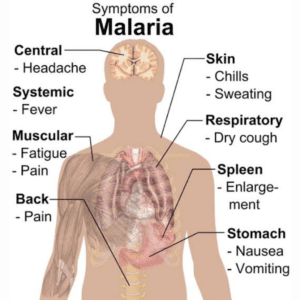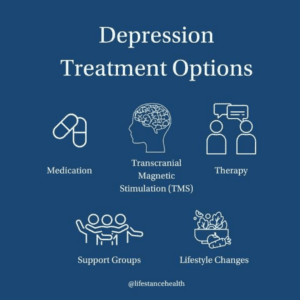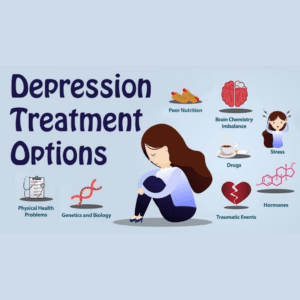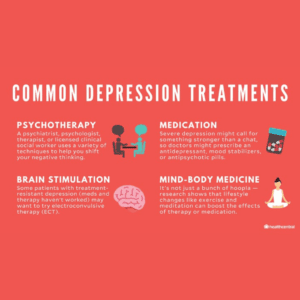
UNICEF South Africa, there for every child
We work to promote the rights of every child.
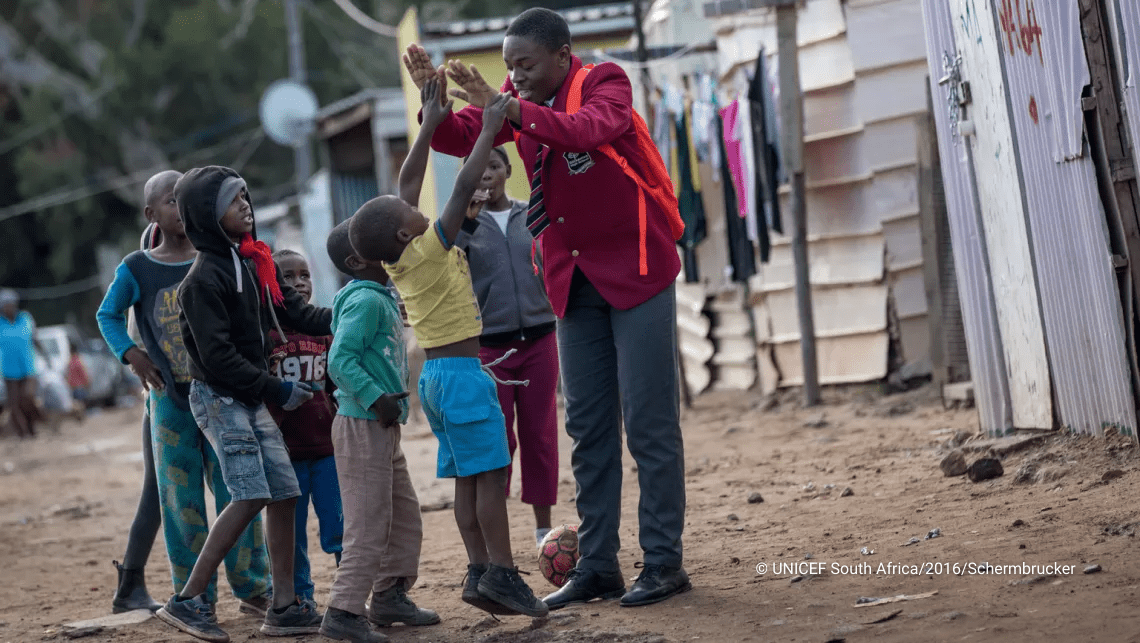
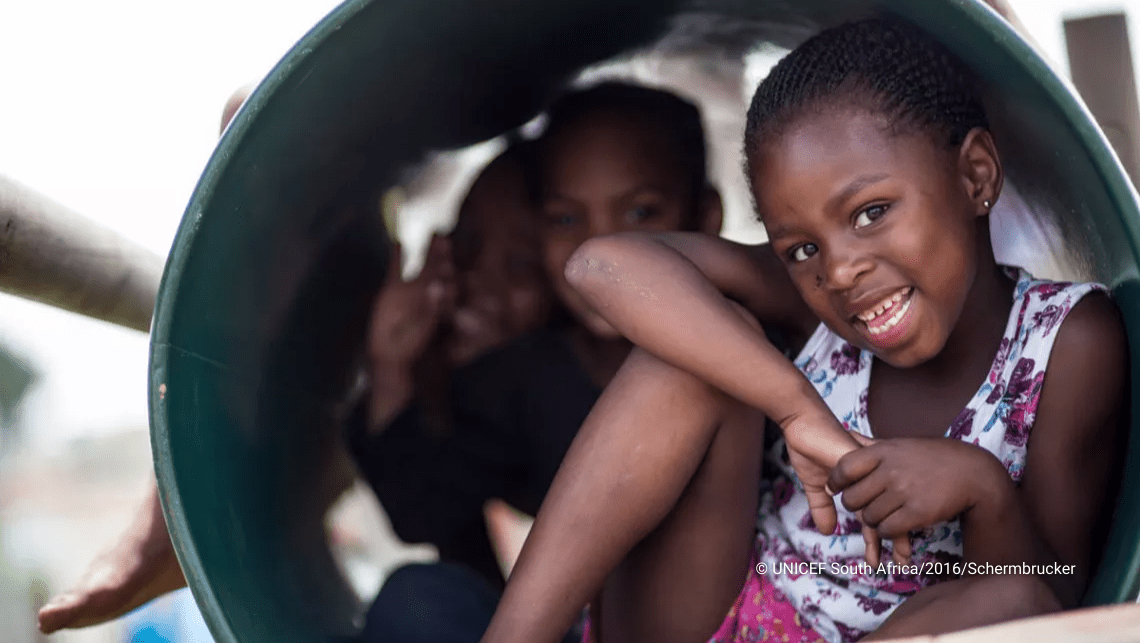
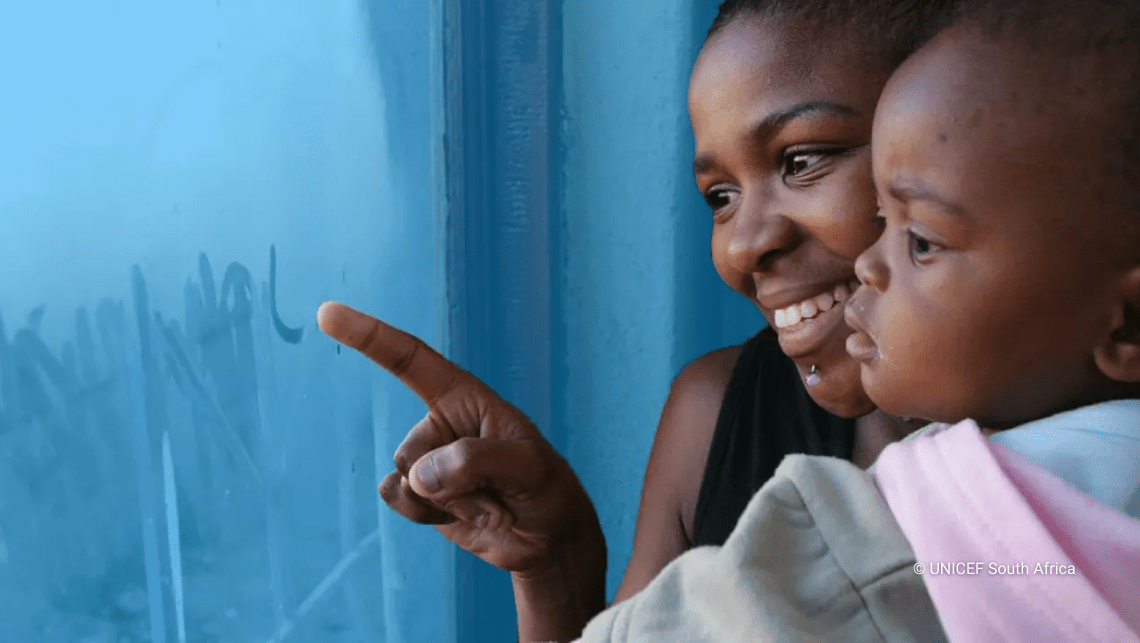
Gender-based violence
Approximately one in three women and girls worldwide will experience physical or sexual violence in her lifetime.
Learn more about GBV from UNICEF
Gender-based violence (GBV) is the most pervasive yet least visible human rights violation in the world. It includes physical, sexual, mental or economic harm inflicted on a person because of socially ascribed power imbalances between males and females. It also includes the threat of violence, coercion and deprivation of liberty, whether in public or private.
In all societies, women and girls have less power than men – over their bodies, decisions and resources. Social norms that condone men’s use of violence as a form of discipline and control reinforce gender inequality and perpetuate gender-based violence. Across the globe, women and girls – especially adolescents – face the greatest risk.
Gender-based violence takes numerous forms: Intimate partner violence, sexual violence, child marriage, female genital mutilation, trafficking for sexual exploitation, female infanticide, and ‘honour’ crimes are common – with intimate partner violence occurring at staggering rates in every country. Girls and women may also experience gender-based violence when they are deprived of nutrition and education.
Violence against children
No violence against children is justifiable. All violence against children is preventable.
Learn more about Violence against children from UNICEF
Violence against children takes many forms. It can be physical, emotional or sexual. It happens in all countries and any setting – in a child’s home, community, school and online. In some parts of the world, violent discipline is socially accepted and common. And for many girls and boys, violence comes at the hands of the people they trust – their parents or caregivers, teachers, peers and neighbours.
But the most devastating types of violence are often hidden from public view. Perpetrators go to great lengths to conceal their acts, leaving children – especially those who lack the capacity to report or even understand their experience – vulnerable to further exposure.
Violence affects all children. But children living with disabilities or HIV and AIDS, those suffering extreme poverty, girls and boys in institutional care, and children separated from their families or on the move – as migrants, refugees or asylum seekers – face the greatest risk. Sexual orientation, gender identity and belonging to a marginalized social or ethnic group also heightens a child’s chance of suffering violence.
Children typically experience violence at the hands of the people they trust most.
HIV and AIDS
Envisioning an AIDS-free generation where all children and their families are protected from HIV infection.
Learn more about HIV from UNICEF
UNICEF is committed to meeting global targets to end AIDS among children, adolescents and pregnant women. In the last three decades, UNICEF has contributed to remarkable progress made in the HIV/AIDS response, including scale-up of treatment to prevent vertical mother-to-child transmission of HIV, reduced new HIV infections among children and adolescents and greater data and analysis to inform evidence-based investments and programmes. But while progress has been made in the HIV response, data show that children and adolescents are faring worse than adults.
Most new HIV infections in children and adolescents occur in sub-Saharan Africa, though inequities persist in all regions and low-prevalence settings. To end unnecessary deaths and break the cycle of new infections, children, adolescents, and pregnant women must have access to quality prevention services, testing, treatment, care, and support. Ending AIDS requires a strong integration and leveraging of primary healthcare, and continued work across and with other sectors, especially to address structural factors – gender inequality, lack of education, violence and poverty that put people, especially adolescent girls and young women, at risk of HIV.
While the progress in HIV response has been promising, children continue to be affected by the epidemic.
Over 2.5 million children and adolescents are living with HIV. Sub-Saharan Africa carries the global burden of the epidemic.
Only 57% of children 0-14 years living with HIV are receiving ART compared to 77% of all adults living with HIV.
50% of children born with HIV will die before their second birthday without treatment.
Although children only account for 4% of all people living with HIV, 13% of AIDS-related deaths occur in children.
75% of new infections among adolescents and young people in sub-Saharan Africa are among girls and young women.
HIV is a leading cause of death among adolescents and young people in sub-Saharan Africa, even though we have the knowledge and tools to save their lives.
Malaria
Nearly every minute, a child under 5 dies of malaria
Learn more about Malaria from UNICEF
Malaria is an urgent public health priority. The disease and the costs of its treatment trap families in a cycle of illness, suffering and poverty. Today, nearly half of the world’s population, most of whom live in sub-Saharan Africa, are at risk for developing malaria and facing its economic challenges.
Despite malaria’s heavy toll on health and economy, major inroads were made against the disease from 2000 to 2019 as a result of stepped-up funding and programming. Between 2000 and 2019, malaria mortality rates among all ages halved from 28.8 to 14.1 per 100,000 population at risk. In 2020, the mortality rate increased to 15.2 per 100, 000 population at risk partly due to the disruptions in access to malaria prevention and case management caused by the COVID-19 pandemic, and then decreased slightly to 14.5 in 2021 and 14.3 in 2022. During the period 2000 to 2022, percentage of total malaria deaths among children under 5 declined from 87 per cent in 2000 to 76 per cent in 2022.
Success in the fight against malaria is fragile and closely tied to sustained investment. In recent years, there has been a plateau in the funding of the global malaria response. In 2022, the total of international and domestic funding for malaria control and elimination was $4.1 billion, a notable increase from $3.5 billion in 2021. However, the amount invested in 2022 still falls short of the estimated $7.8 billion required to stay on track for the Global Technical Strategy targets.
What is depression?
Recognize signs of low mood and depression in children and learn ways to help them feel better.
Learn more about Depression from UNICEF
Signs and symptoms of depression in kids
Depression can feel different for different children. Here are some of the common signs and symptoms of depression:
Physical:
Tiredness or low energy, even when rested
Restlessness or difficulty concentrating
Difficulty in carrying out daily activities
Changes in appetite or sleep patterns
Aches or pains that have no obvious cause
Emotional and mental:
Persistent sadness, anxiousness or irritability
Loss of interest in friends and activities that they normally enjoy
Withdrawal from others and loneliness
Feelings of worthlessness, hopelessness or guilt
Taking risks they wouldn’t normally take
Self-harming or suicidal thoughts
Experiencing one or more of these symptoms doesn’t mean a child is affected by depression, but there are a number of ways you can help your child cope. If you are worried about your child, do not hesitate to ask your health-care provider for advice.
